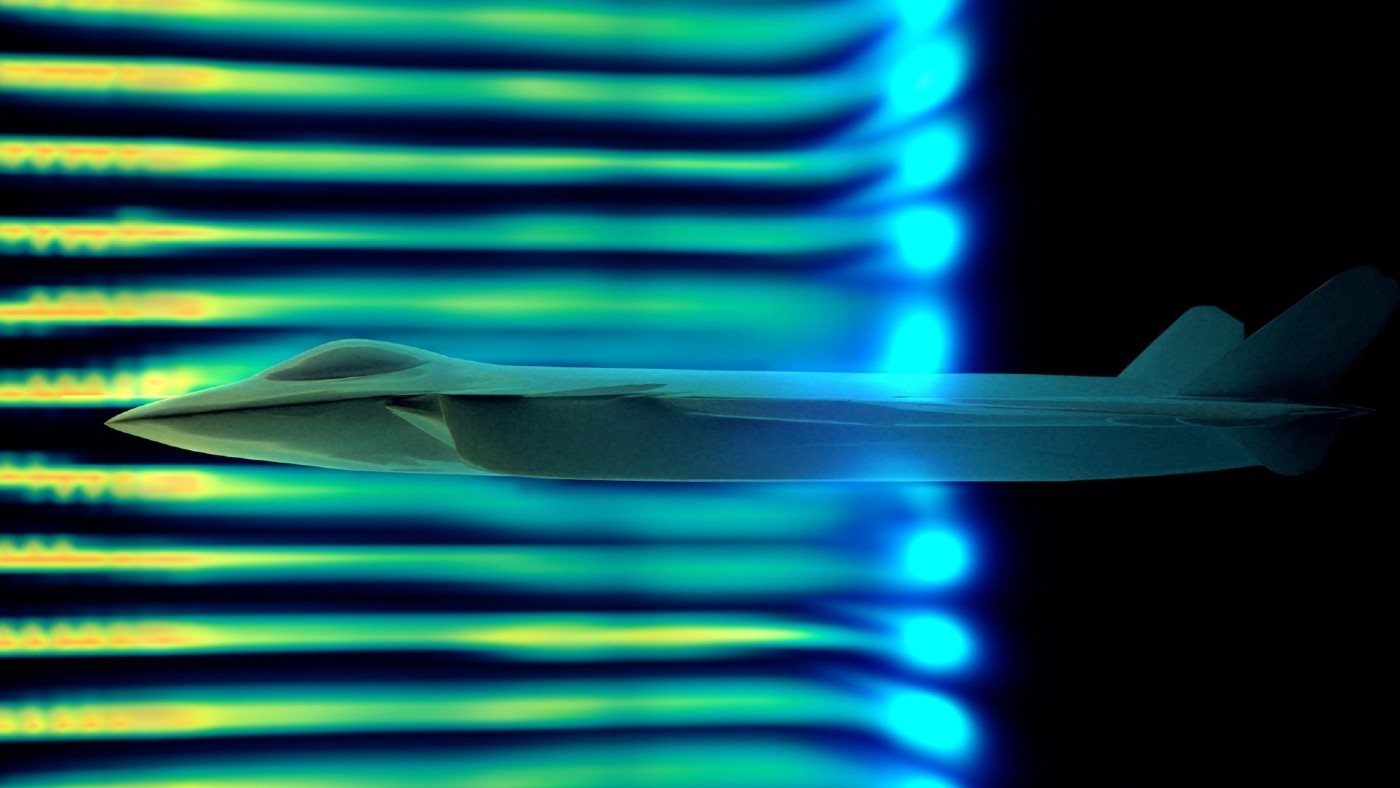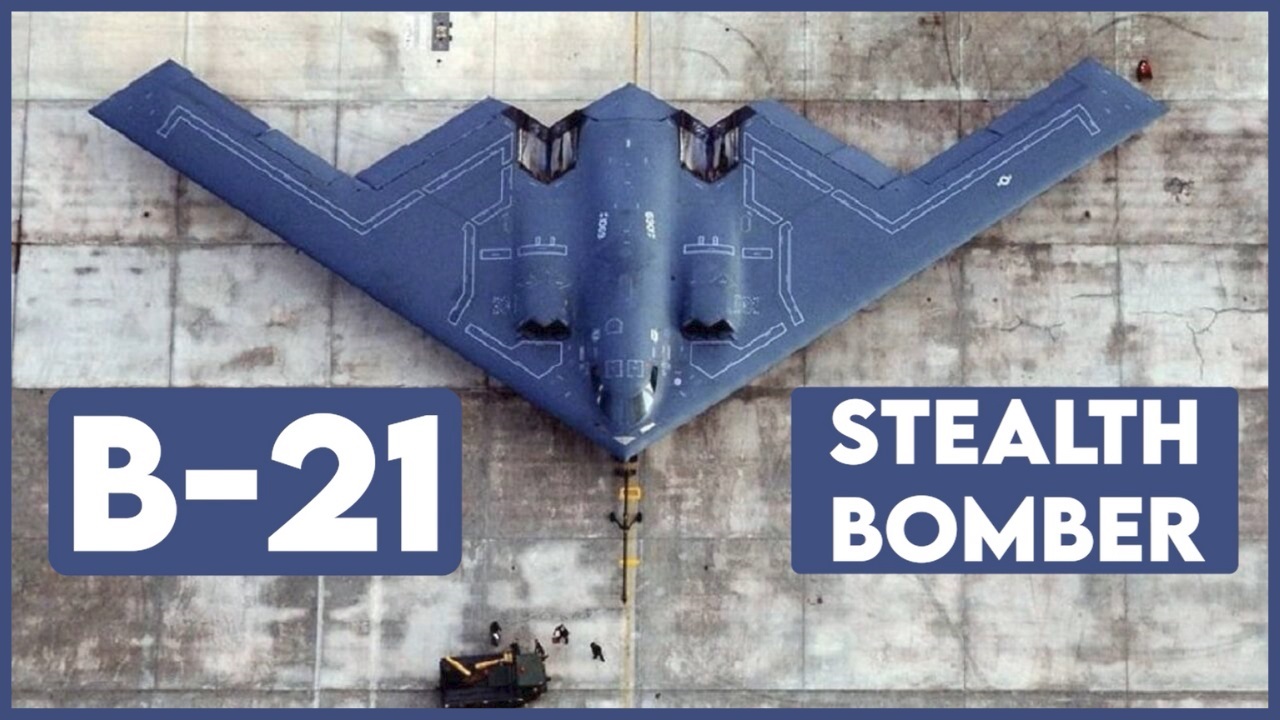A simulation by Chinese scientists has discovered that their hypersonic missiles can shoot down US stealth aircraft like the B-21 Raider. The hypersonic missiles can also communicate between each other and other drones, enabled by Artificial Intelligence (AI).
Designed for a war with China by bypassing its powerful air force and anti-stealth radars, the highly sophisticated B-21 Raider can still be vulnerable to missiles coming from near space, unlike other conventional ground, air-based missiles and radars, which it can jam with electronic warfare (EW), Chinese scientists have concluded in a war game.
The research by a team led by associate professor Chen Jun from the Northwestern Polytechnical University in Xian was published in the peer-reviewed journal Acta Aeronautica et Astronautica Sinica, according to a report in the South China Morning Post (SCMP). The Raider took its first flight on November 10.
Hypersonic Missile Shoots Down B-21 Raider?
The scientists found that with a combination of advanced hardware and new tactics, China can detect opponents first. “In one war game, a B-21-like stealth platform and its companion drone were both shot down by China’s air-to-air missiles, which can reach a top speed of Mach 6,” the report said.
With a relatively low speed of about 1,000 kilometers (620 miles per hour), slightly below the speed of sound, the Raider is the leading element in the US Air Force’s (USAF) Penetrating Counter Air (PCA) strategy, customized for the air war with China.

Previous EurAsian Times reports have noted how the Raider’s intended goal is to “breakthrough” China’s advanced integrated air defense system and release standoff air-to-ground munitions at either air defense missile/radar sites or other vital strategic targets.
The Raider might also fly with wingmen drones and has a host of on-board Electronic Intelligence (ELINT), Electronic Countermeasures (ECM), and Electronic Warfare (EW) suites meant to bust China’s anti-access/area-denial (A2/AD) bubble to release its payload of long-range standoff weapons on Chinese land targets and fly back.
“(This) PCA strategy could pose a severe threat to China’s air defense that has relied heavily on radar warning systems based on land, sea, or airborne platforms,” the report said.
‘Smart’ Hypersonic Missiles
The simulation by Chen’s team showed that China’s hypersonic missiles, using a new solid fuel “pulse engine,” can adjust power output at will throughout the flight, “can first go up to near space and come down on the enemy aircraft at an extremely high speed.”
In one simulated fight, the US stealth aircraft’s cutting-edge sensors detected the launch of the missile early and made a sharp turn to evade the attack. But the Chinese missile “automatically passed to another hypersonic missile, which was on its way to attack the B-21’s drone.” The US aircraft did not expect that the Chinese missiles could switch targets.
Chen’s team showed that the new Chinese anti-PCA tactic has a higher degree of freedom that allows the decision-making to move quickly between humans, drones and missiles at different stages of the combat using AI.
Communications ‘Blackout’ in Hypersonic Flight
This, however, implies that China can communicate with hypersonic missiles. So far, it has been the most stubborn technical hurdle, owing to the communications “blackout” that occurs when objects are entering or under the earth’s atmosphere at hypersonic (Mach 5+) speeds.
Extremely high temperature on the surface, owing to the friction with the earth’s atmosphere, generates ‘plasma shields.’ Ionized gas forms on the surface, in this case, a hypersonic weapon, and blocks signals. Since ground-based radar cannot identify and lock on to a hypersonic target behind a plasma shelter, the problem is called the “black barrier.”
But China has been reported to have made a series of separate achievements in high-speed communications, some aimed specifically towards addressing this hurdle and others a general advancement in electronics sciences. These could be leveraged to guide the hypersonic missile towards the B-21 Raider – assuming it is detected.
- China’s last credible technological breakthrough in hypersonic technology was in January 2022, when the Science and Technology in Space Physics Laboratory claimed to have found a way to maintain consistent communication with a hypersonic missile.
- Tianjin University’s School of Precision Instruments and Optoelectronics Engineering invented a laser system that can emit a continuous beam of electromagnetic waves in the terahertz spectrum, which is needed for the next 6G communication technology.
- This was preceded by the breakthrough in 6G technology in January 2022, where researchers achieved a record transmission speed of 206.25 gigabits per second.
- A separate research on communications blockage with hypersonic missiles proposed a large high-frequency communications network made up of on-ground stations orbiting satellites and ships.
- China is also the first country to have a dedicated 6G satellite, which it launched on November 6 from the Taiyuan Space Center. It involves the use of high-frequency terahertz waves to achieve data transmission speeds many times faster than 5G is likely to be capable of.
- In mid-October, scientists from the Chinese Academy of Sciences (CAS) Xian Institute of Optics and Precision Mechanics successfully tested a satellite-mounted device that can pass light signals from one location to another without converting them into electrical signals. The “spaceborne optical switching technology” was sent into orbit by China’s Y7 carrier rocket in August. When downloaded, the information carried remained intact without any data loss.
‘Practical’ In ‘Theory’?
It indicates that China will employ either one, all of them, or a combination of the six inventions to ensure it manages to contact its hypersonic missiles, which will help it strike either land or air targets – in this case, the B-21 Raider.

Using a prohibitively costly hypersonic missile would also be justified in this case since the target would be an equally costly stealth fighter, possibly aiming for the very launch sites that would release China’s hypersonic missiles.
However, both the hypersonic communications technologies, some of which are only theoretical models, and the Raider would take time to be fully operational. By then, China’s universities and PLA-affiliated laboratories would have found other work arounds for detecting stealth. The need to use hypersonic missiles to shoot down an advanced stealth bomber might not arise.
- The author can be reached at satamp@gmail.com
- Follow EurAsian Times on Google News




